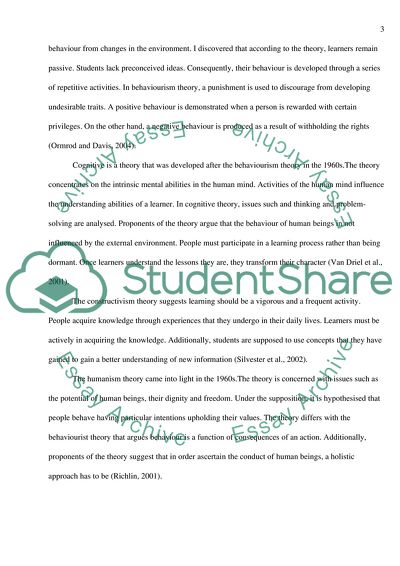Cite this document
(Pursuing Professional Development and Giving an Effective Presentation Essay Example | Topics and Well Written Essays - 1500 words - 1, n.d.)
Pursuing Professional Development and Giving an Effective Presentation Essay Example | Topics and Well Written Essays - 1500 words - 1. https://studentshare.org/education/1866613-professional-development-reflective-statement
Pursuing Professional Development and Giving an Effective Presentation Essay Example | Topics and Well Written Essays - 1500 words - 1. https://studentshare.org/education/1866613-professional-development-reflective-statement
(Pursuing Professional Development and Giving an Effective Presentation Essay Example | Topics and Well Written Essays - 1500 Words - 1)
Pursuing Professional Development and Giving an Effective Presentation Essay Example | Topics and Well Written Essays - 1500 Words - 1. https://studentshare.org/education/1866613-professional-development-reflective-statement.
Pursuing Professional Development and Giving an Effective Presentation Essay Example | Topics and Well Written Essays - 1500 Words - 1. https://studentshare.org/education/1866613-professional-development-reflective-statement.
“Pursuing Professional Development and Giving an Effective Presentation Essay Example | Topics and Well Written Essays - 1500 Words - 1”. https://studentshare.org/education/1866613-professional-development-reflective-statement.


